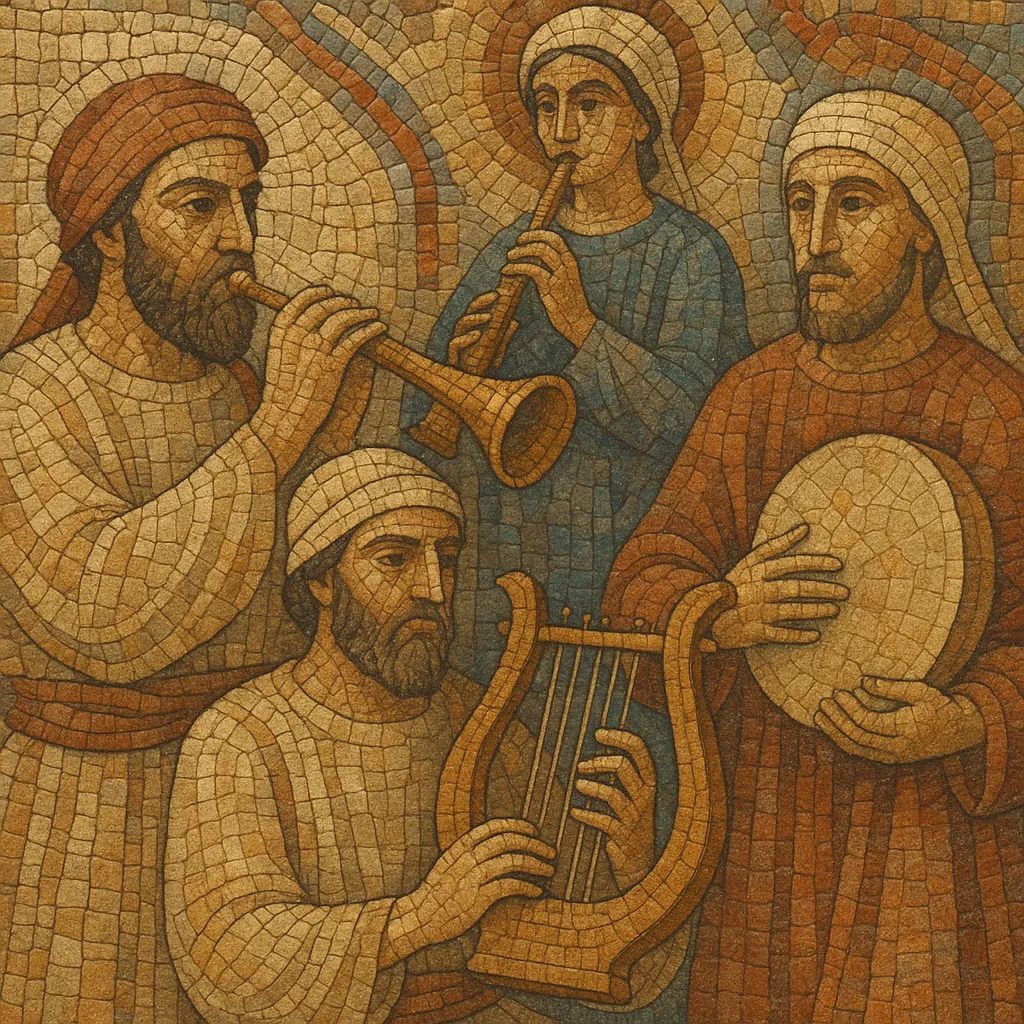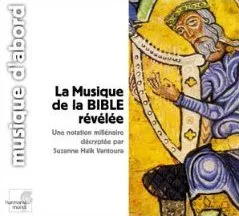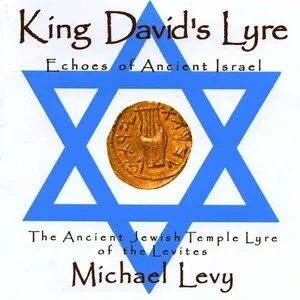Ancient Levitical music refers to the ritual song and instrumental performance conducted by the Levites and priests in ancient Israel’s Tabernacle and Temple services.
It was primarily liturgical and ceremonial, centered on the singing of Psalms and biblical poetry, trumpet signals by priests, and accompaniment by strings, winds, and percussion. The style was monophonic, modal, and text-driven, favoring responsorial and antiphonal forms over later harmonic practices. Its function was to sanctify time (daily sacrifices), mark festivals and processions, and frame national and communal prayer.
While no exact melodies survive, scriptural accounts, later chant traditions, and regional ancient Near Eastern practices help outline its performance ethos: solemn yet celebratory, public yet meticulously organized by Levitical guilds and rotations.
The roots of Ancient Levitical music lie in the ritual life of Israel as described in the Hebrew Bible. Under King David (c. 1000 BCE), the Levites were formally organized into musical guilds for sacred service (1 Chronicles 15–16, 25). The practice accompanied sacrifices, processions, and national celebrations, with choirs, cymbals, harps, lyres, and priestly silver trumpets signaling ritual actions and transitions.
With the construction of Solomon’s Temple, music became a central vehicle for praise and public worship. Levitical choirs sang Psalms in responsorial and antiphonal formats, while priests sounded trumpets at key liturgical moments. The repertoire drew from biblical poetry (especially Psalms) and was performed by trained, hereditary Levitical ensembles.
After the Babylonian exile and the rebuilding of the Temple (c. 515 BCE), Levitical music was restored and further systematized. Hellenistic and regional contacts increased, but the core remained monophonic, modal, and text-centric. Festivals (e.g., Passover, Sukkot) featured heightened musical participation, including flutes (ḥalil) and cymbals, while priestly trumpets marked offerings and communal acclamations.
The destruction of the Second Temple in 70 CE ended sacrificial cult performance, but the musical ethos—text-driven chant, modal frameworks, responsorial forms—continued in synagogue chant and Jewish liturgy. Through Jewish and early Christian worship, its aesthetics influenced subsequent chant traditions across the Mediterranean and Near East.





